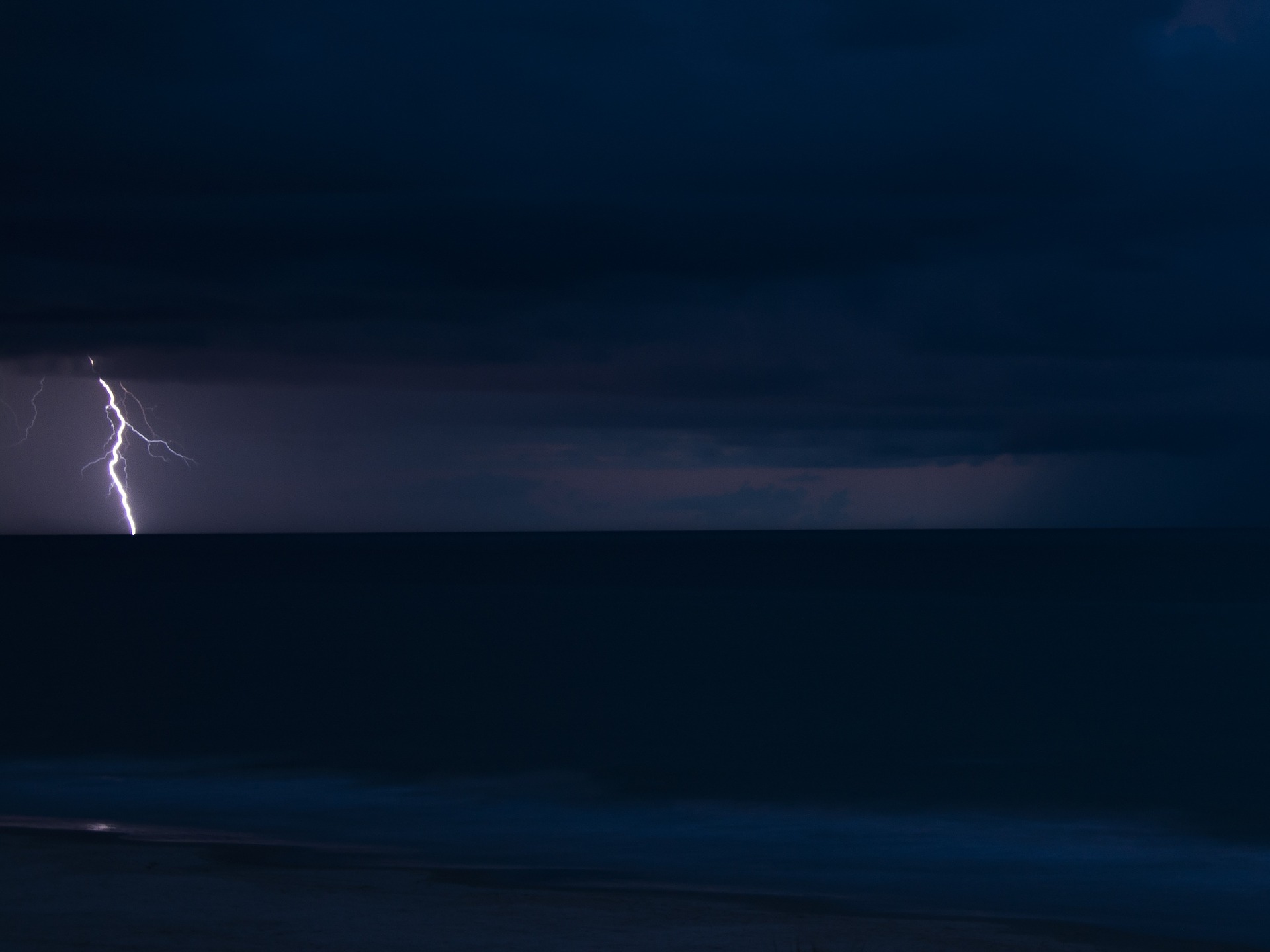Meteorologists just spotted lightning strikes near the North Pole
The strikes Saturday night hit in the Arctic Ocean within 300 miles of the pole.

Over the weekend, sharp-eyed meteorologists with the U.S. National Weather Service in Fairbanks, Alaska noticed something extremely unusual — a series of lightning strikes within 300 miles (about 480 kilometers) of the North Pole.
Lightning. Near the North Pole. ⚡️#ThisIsFine @NWSFairbanks pic.twitter.com/lF7fLEMksG
— Brian Brettschneider (@Climatologist49) August 11, 2019
The strikes, which were first picked up by a specialized lightning detection service, hit in a partially ice-covered area of the Arctic Ocean some 700 miles north of the Lena River Delta, according to NWS meteorologists.
A number of lightning strikes were recorded Saturday evening (Aug. 10th) within 300 miles of the North Pole. The lightning strikes occurred near 85°N and 126°E. This lightning was detected by Vaisala’s GLD lightning detection network. #akwx pic.twitter.com/6jdxeMPBdH
— NWS Fairbanks (@NWSFairbanks) August 11, 2019
At 85 degrees North, the strikes are among the northernmost recorded — though forecasters and other experts shied away from declaring any records.
“This is one of the furthest north lightning strikes in Alaska Forecaster memory,” they wrote in a statement.
“I wouldn’t say it’s never happened before, but it’s certainly unusual,” one Fairbanks forecaster told The Washington Post’s Capital Weather Gang.
Lightning is extremely rare in polar regions, because the conditions required to create it hardly ever occur — especially over sea ice, as Wired explains. But that’s changing as the Arctic, which is warming faster than the planet, becomes warmer and wetter.
As Earther’s Brian Kahn points out, freak lightning “probably isn’t the biggest concern about the rapidly warming Arctic.” Still, it might be one of the weirder events in a summer that’s already had more than its fair share of climate-driven extremes in the region — including a single-day record for ice loss in Greenland, sea ice melt that’s on pace to be one of the lowest seasons ever, widespread wildfires across the circumpolar North and animal die-offs in Alaska’s Bering Sea.